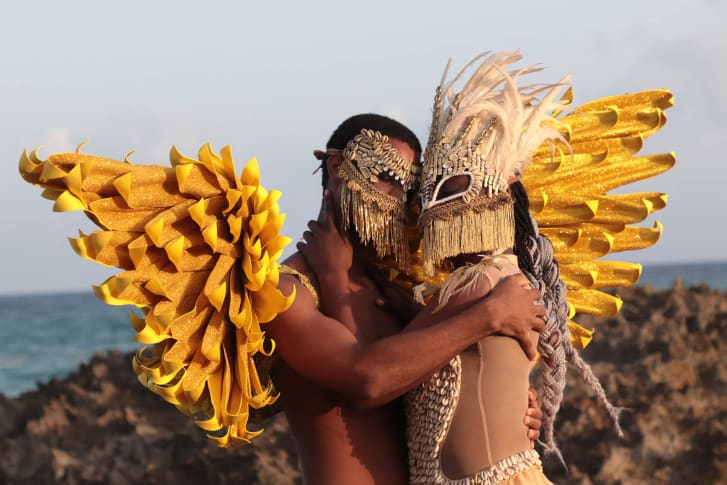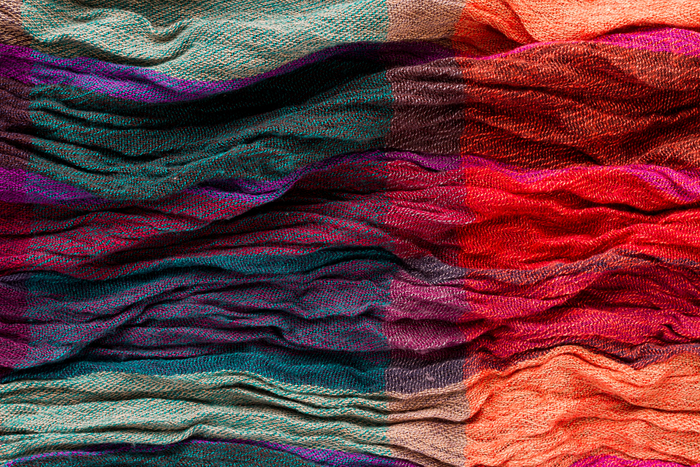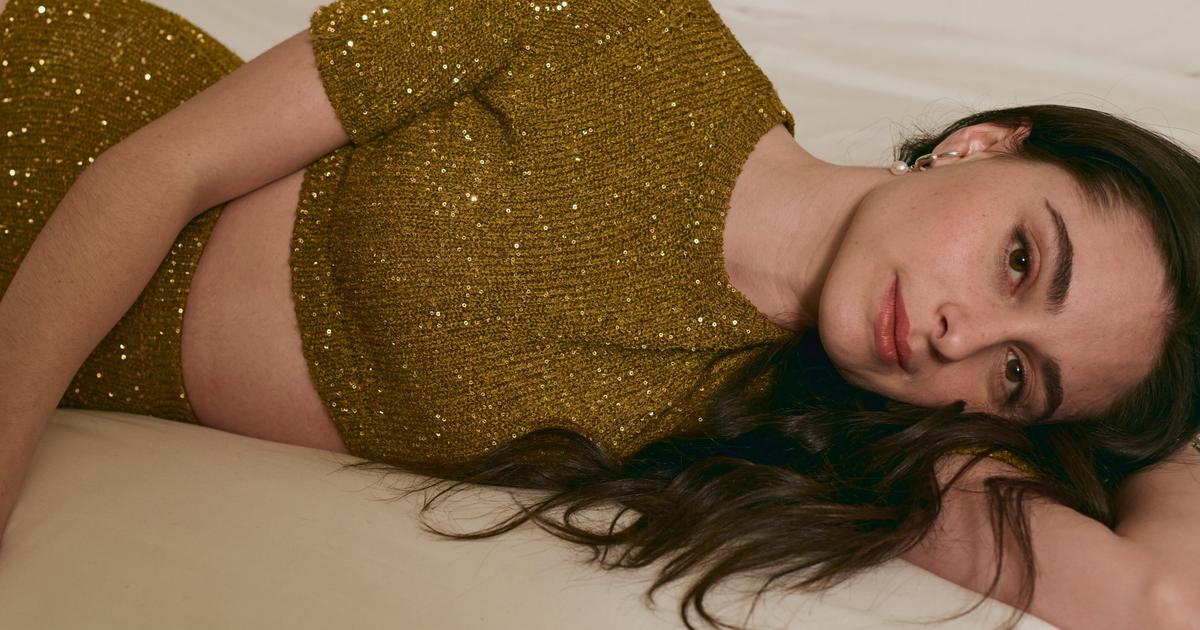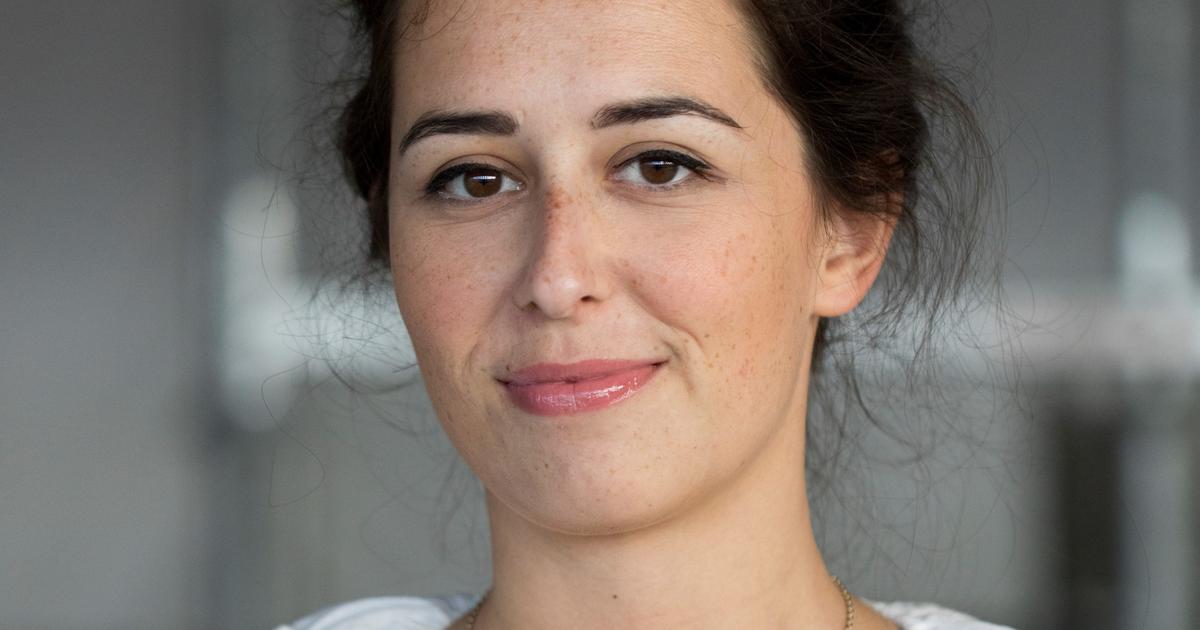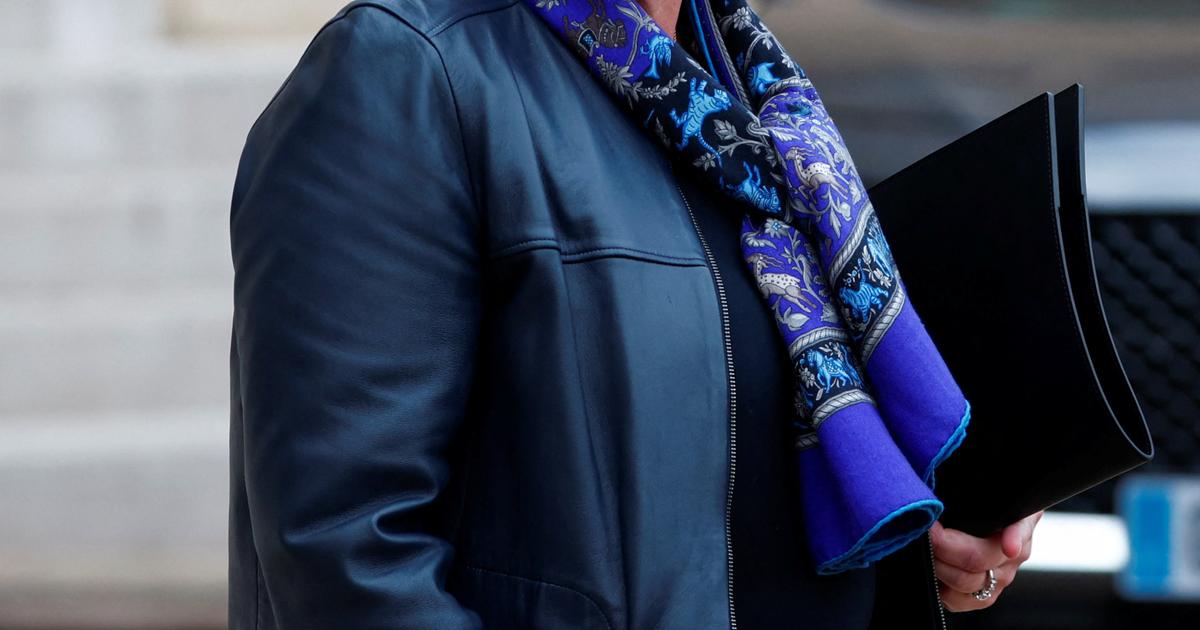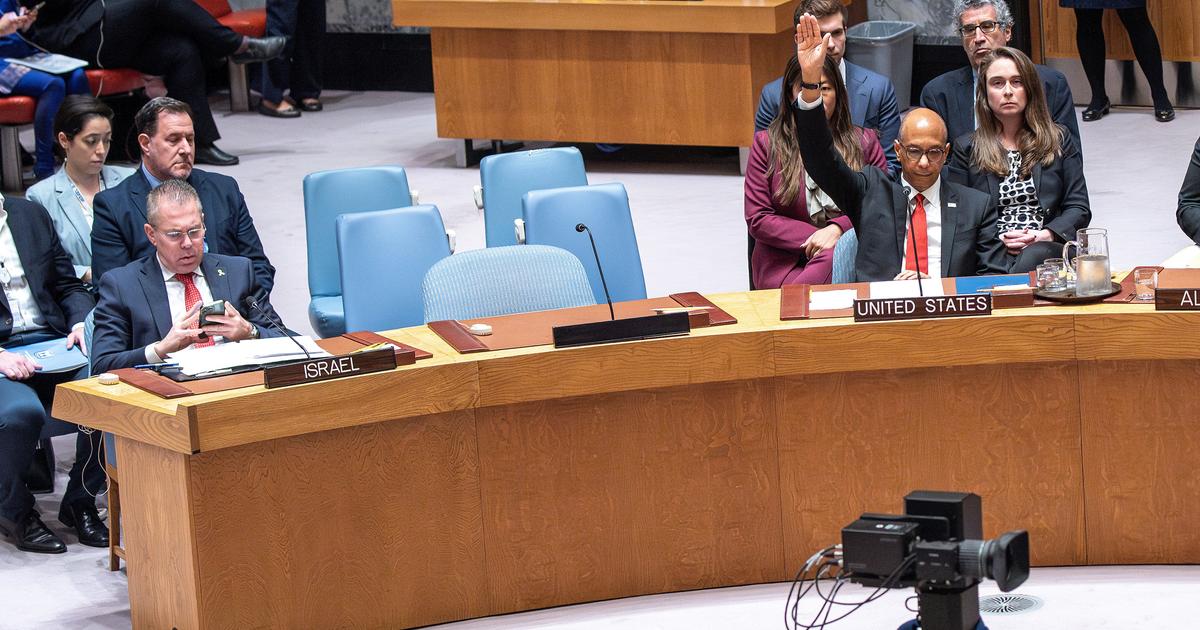Credit: Yelaine Rodriguez
(CNN) -
Yelaine Rodríguez is used to people making assumptions about her identity and what she does.
She, a first generation black American woman with Dominican roots, born and raised in the Bronx, in her 30s recalls the ambiguous compliments she received as a teenager and young adult, comments like "Oh, you don't sound like the Bronx" that were frequent.
Even after Rodríguez began teaching at his alma mater, Parsons School of Design, some of his students' parents seemed surprised by his experience: "Your parents must be very proud of you," he recalls telling him.
"That was really frustrating for me because it shows that they really didn't care enough to find out about the people who lived on 86th Street," Rodríguez said, referring to the subway stop where most whites got off the train while it was approaching the Bronx.
"I never hid that I was from the Bronx, that I was Afro-Dominican," she continued.
"I always loved putting people in their shoes by saying, 'Yeah, I'm from there, why does that surprise you?'"
advertising
Today, Rodríguez uses his artwork to challenge other problematic assumptions related to black Latino and Caribbean culture.
Rodríguez directed, produced and designed the "wearable art" for "Ebbó", a production that fuses Afro-Caribbean religion, aesthetics and music.
Credit: Yelaine Rodríguez
With a background in fashion design, she creates what she calls wearable art, placing her daring designs, often modeled by friends and other artists and color creatives, into visual narratives depicting deities and stories in religions. of the African diaspora or of African origin such as Santeria and Voodoo.
Recognizing stereotypes
In the United States and Europe, popular culture has often mistakenly characterized religions such as voodoo as evil practices seeking revenge, using tropes that include inserting pins into dolls and zombies. In George A. Romero's 1968 classic "Night of the Living Dead," for example, carnivorous monsters may have roots in voodoo folklore, but their gruesome portrayal of Hollywood is a far cry from their Haitian origins.
However, Rodríguez also believes that negative stigmas were attributed to these religions much earlier.
"For me, the reason (religions) have these negative things attached to them is because they come from black culture," he said.
"If you really do the research to understand why they were convicted, you would know that it was a plot by the colonizer to turn these traditions or cultures of Afro origin into something that they are not."
The artist's project "Shango: We are here because you were there" was inspired by the god of thunder and lightning from Santeria.
Credit: Melanie Gonzalez
Ultimately, Rodríguez believes that misconceptions stem from a lack of understanding and education.
Syncretic religions, or religions derived from multiple influences, are historically rich and complex in their traditions.
Voodoo combines the beliefs of the Yoruba people of West Africa with Roman Catholicism and was born in Saint-Domingue (present-day Haiti) as a result of the slave trade during the 16th and 17th centuries.
Santeria is a similar mix of Catholicism and Yoruba traditions, but its origins date back to Cuba.
That embrace of Christian imagery was a calculated move on the part of the slaves, according to Rodríguez, to preserve their heritage.
Rodríguez is inspired by a "resistance to prosperity" as an Afro-Latino person navigating the experiences of Black Caribbean and American people.
Syncretic religions "are forms of resistance" themselves, he said.
"Sometimes they couldn't practice it, it was illegal, it became so stigmatized."
Rodríguez's multimedia art practice aims to challenge misconceptions about these religions and showcase their true beauty, strength, and ongoing connection to black and African diaspora cultures today.
Design by Rodríguez for Orula The Witness in the production of "Ebbó".
Credit: Yelaine Rodríguez
Her project "Oshun Orisha of Fertility: Help Us Birth Generations of Revolutionary Womxn" - currently part of the exhibition "We Are Well: The 20/21 Triennial" at El Museo del Barrio in New York City - reaches this link drawing a metaphorical line between Oshun, the fertility goddess of the Yoruba people, and American black women who fought for women's right to vote in the 20th century.
The work features Rodríguez's close friend and fellow Afro-Dominican artist Patricia Encarnación wearing a gold headdress that serves as a crown and partial mask;
a vibrant yellow dress;
and a rich brown coating dripping with blue threads.
According to Rodríguez, the cape is representative of the African slaves brought to the Americas: blue because of the waters they passed through, brown because of their scars.
Rodríguez's "Oshun Orisha of Fertility: Help Us Give Birth to Generations of Revolutionary Women" was modeled by her friend and fellow artist Patricia Encarnación.
Credit: Yelaine Rodríguez
His use of the goddess of fertility alludes to the birth of revolutionary women, such as those who fought for the passage of the 19th Amendment.
In a statement by the artist posted on her website and on Vogue.com, she wrote: "We stand on the shoulders of our forefathers who paved the way and passed the baton forward. So that we can continue to carry the message forward. Therefore, it may never be lost. "
In addition to honoring his ancestors, Rodríguez loves that syncretism is a tradition that unites black people of different nationalities.
"Wherever black people are, who practice a form of Afrosyncretic religion, they are all very similar to each other, although they may have their differences," he said.
He pointed out the existence of Santeria in Puerto Rico, Cuba and the Dominican Republic and compared it with the Candomblé religion in Brazil and Winti in Suriname.
"It's a really beautiful way to connect with people from all over the world and not think that we are so far apart from each other."
"We Are Well: The 20/21 Triennial" will be at El Museo del Barrio in New York City until September 26.

